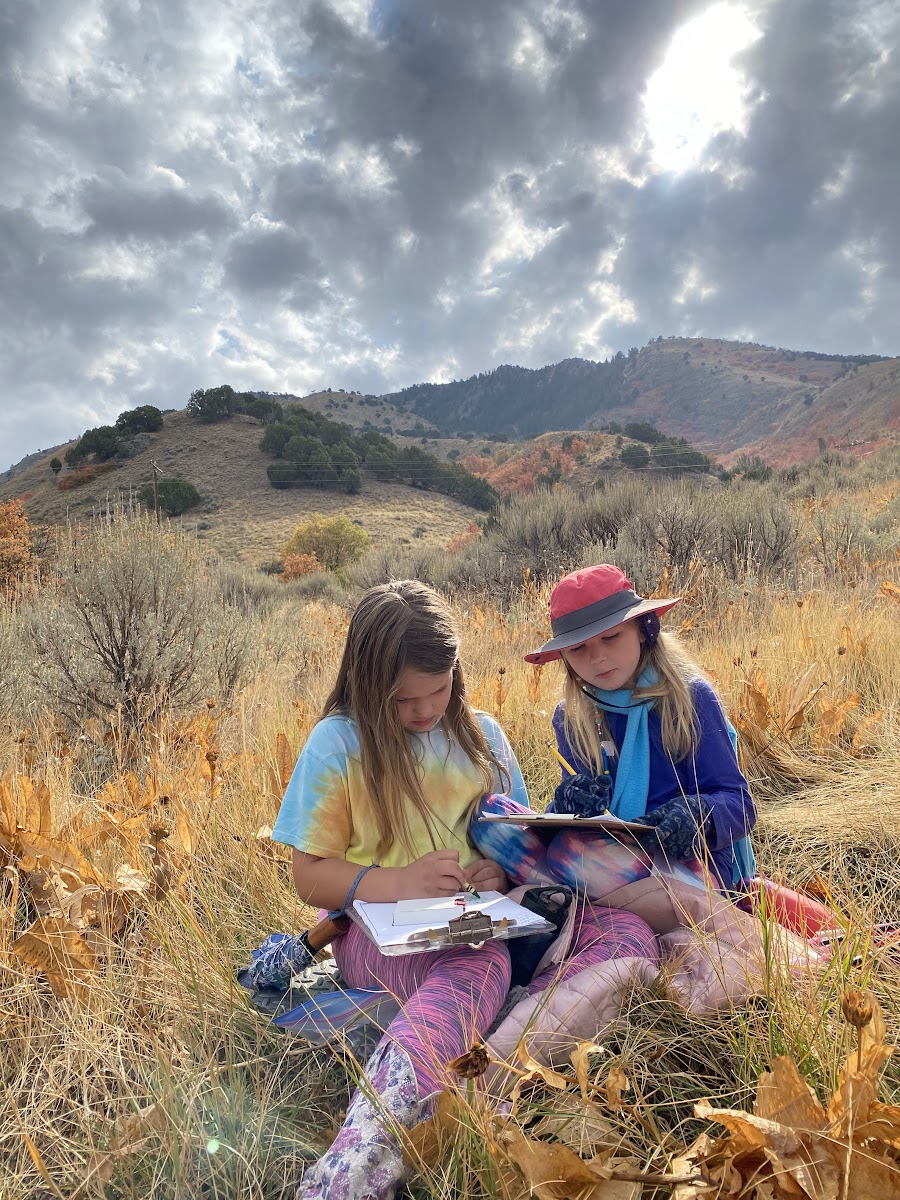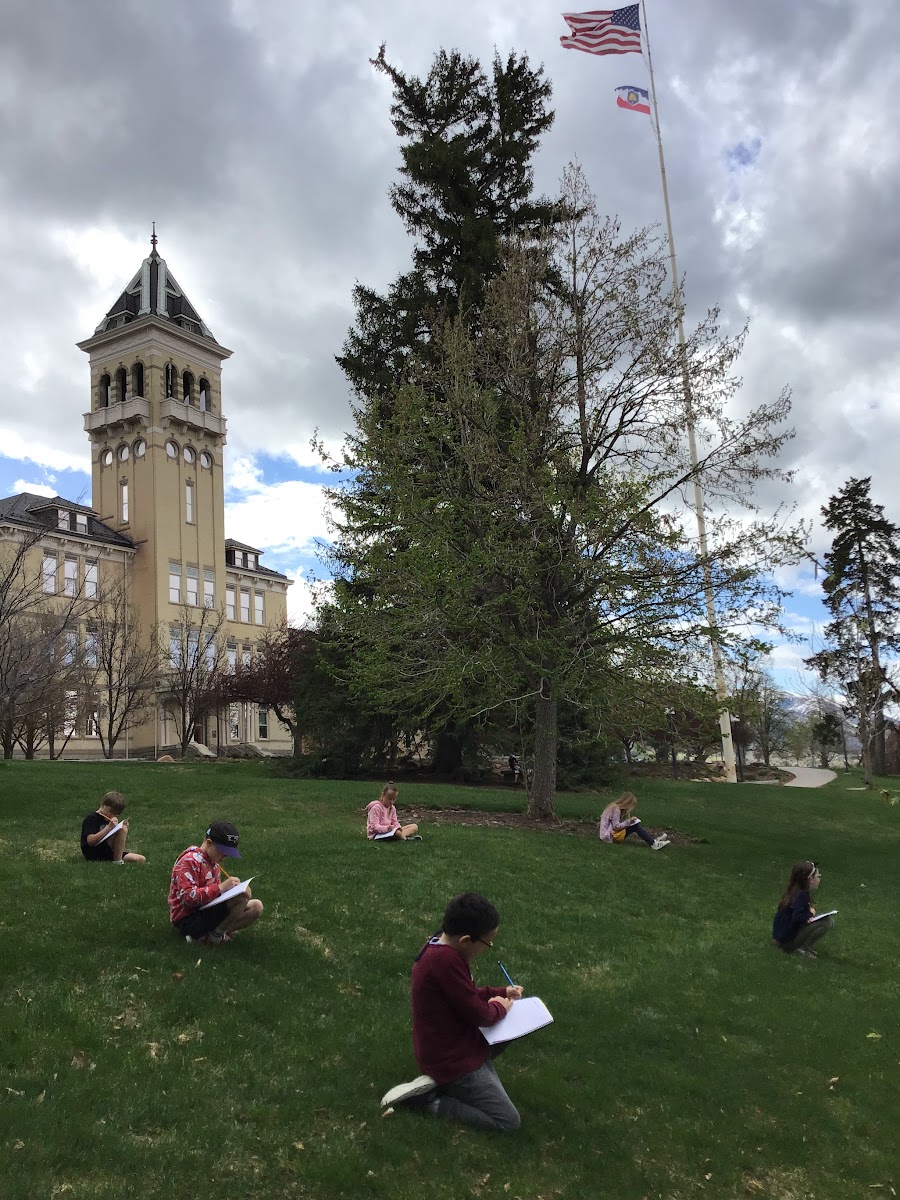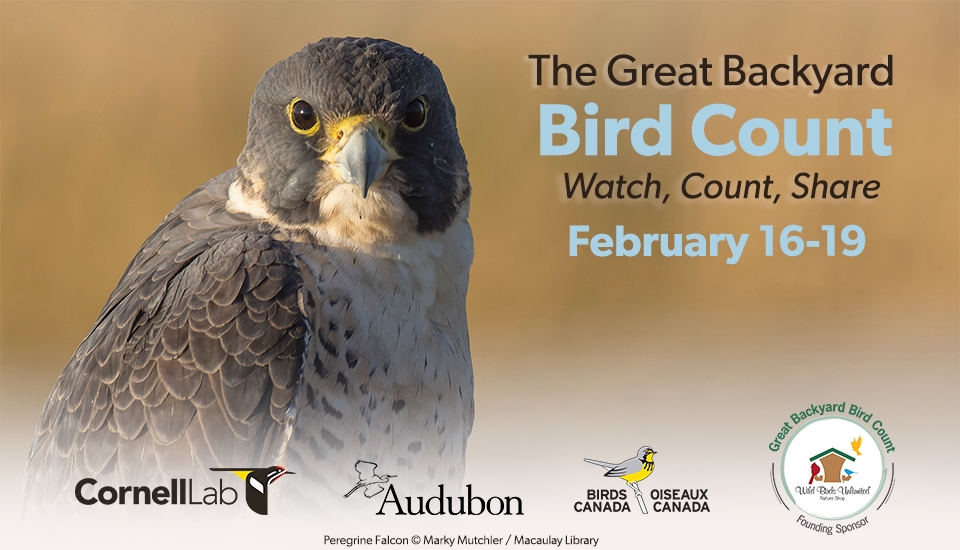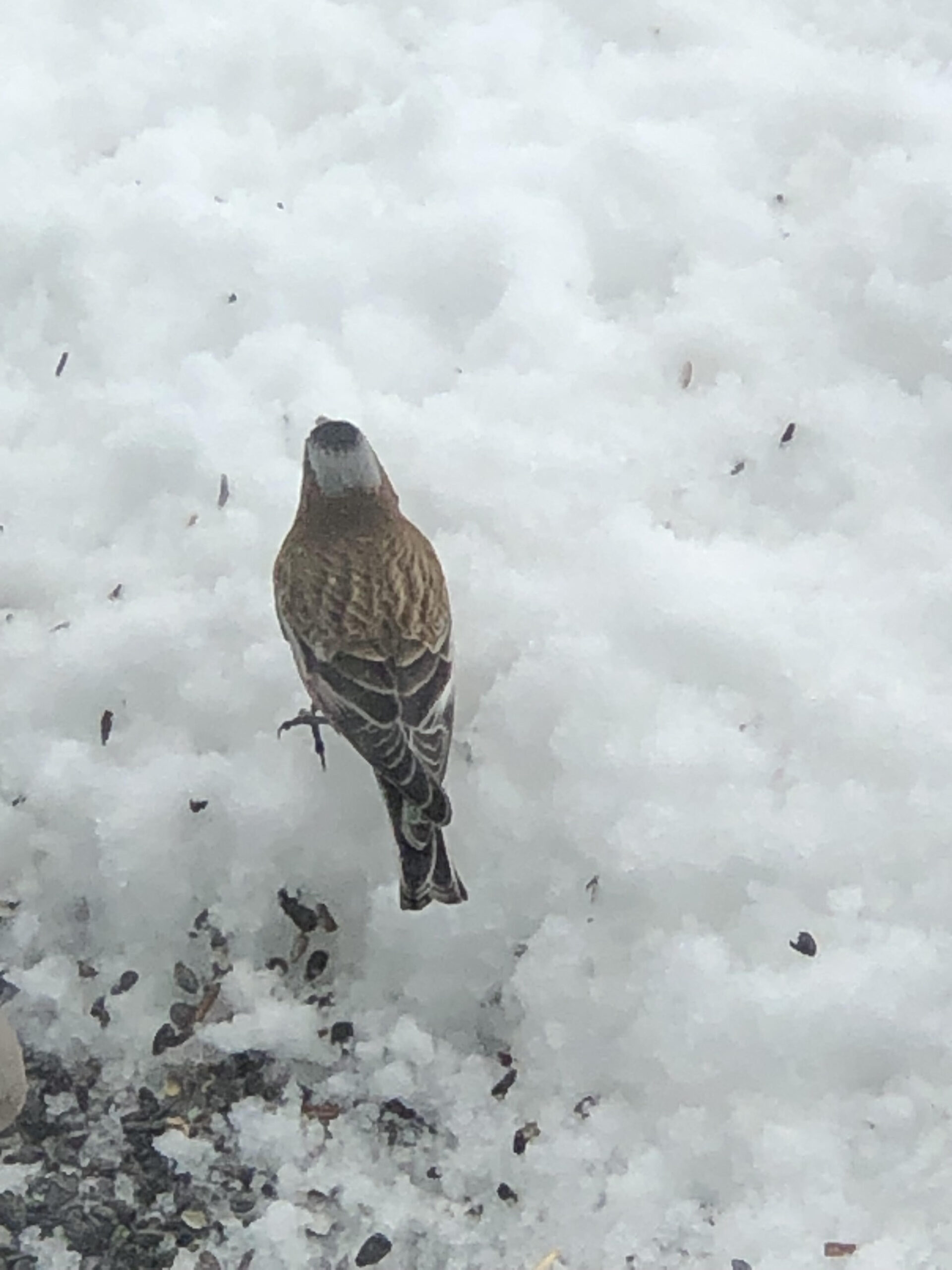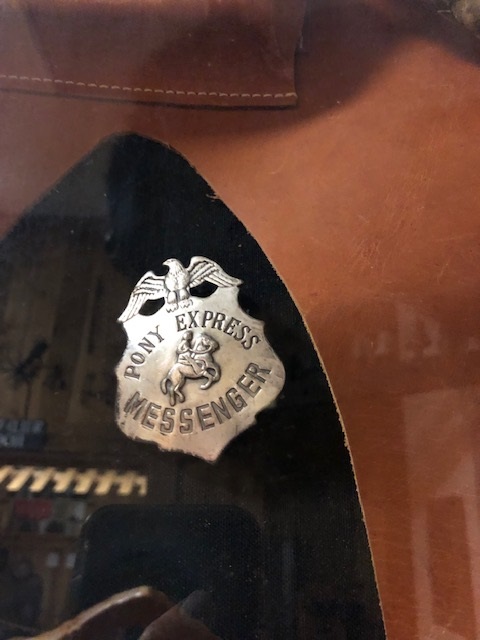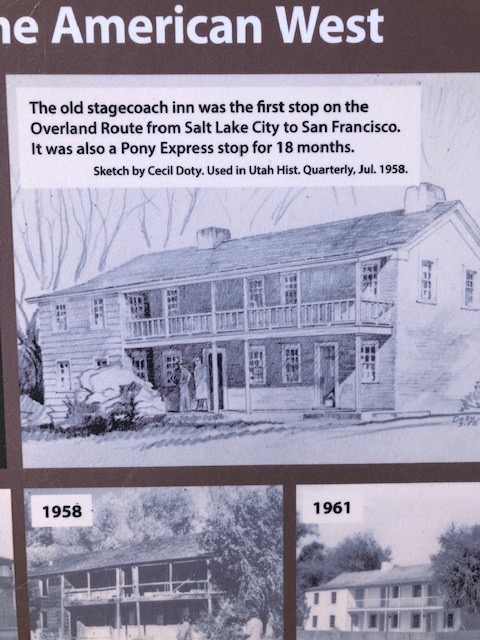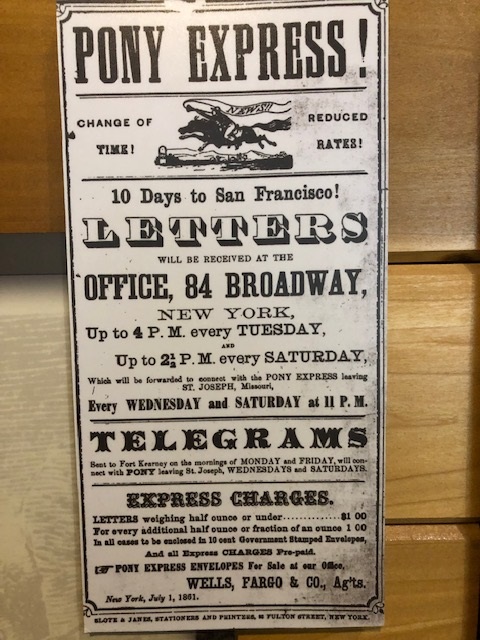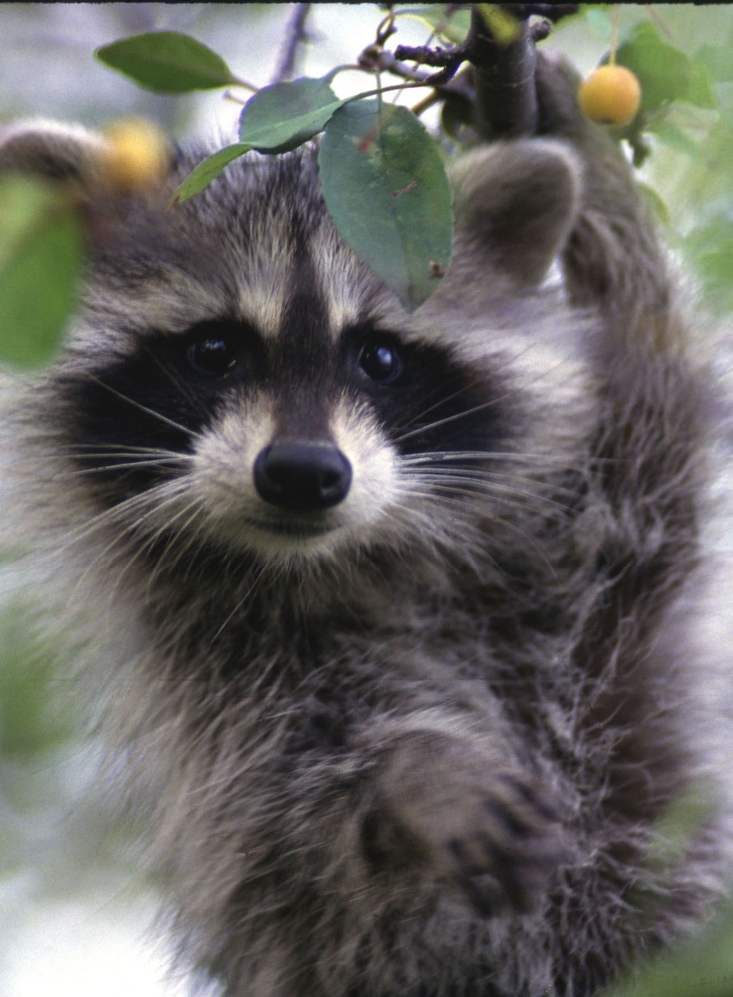
Courtesy US FWS, Bill Buchanan, Photographer
I have deep affections for racoons that began with an young childhood in Michigan. A farmer friend discovered a litter of racoon kits in their haymow. Their mother was found dead on a nearby gravel road, a common demise for racoons, skunks, possums and host of many other critters.
The kits barely had their eyes open and needed intensive care. I took two from the litter and began gathering information on how to keep them alive. I don’t recall the details other than my mother mothering me and the baby racoons. We filled a doll bottle with whole, unpasteurized milk, which they quickly drank with gusto! As they drank, their tiny hands would massage my own, which brought me pure joy.
As they grew, I became their world as they explored me from top to bottom, their sensuous hands gathering texture, and other nuances of touch. We became inseparable companions. Neighbor kids soon joined the fun and were delighted by their playful, inquisitive antics.
I was forewarned they could become threats as they matured, even vicious at times, and possibly contracting rabies and other communicable diseases for cats, dogs, and humans. Our neighbors had gardens, keeping careful watch over my pets. Fortunately, my racoons were never a problem. Perhaps it resulted from being so habituated, they became one with us, and being well fed and entertained, never strayed into mischief.
Once the racoons gained maturity, and I became involved with school activities that fall, it was decided to return them to the farm where they were gladly accepted by the younger family members. A month or so later, one was found dead on the highway. A few days later, it’s sibling met the same end near it’s sister. Naturally, it shattered my heart.
So many years and a lifetime later, we are living on a small, wooded stream in N. Utah. Wild racoons are a constant, once birthing a litter in our chimney, occasionally finding their way to my bird feeder, on our deck, and exploring our garage. The grandkids are always enthralled, when these nocturnal beings tap on our deck windows both amazed as they lock eyes.
Raccoons, although not native to Utah, are abundant throughout much of the state. Resource agency professionals estimate that raccoons cause 60–70% of all urban wildlife problems. Racoons display problem-solving skills on par with monkeys. Further, they far outclass domestic pets such as cats and dogs, suggesting an astonishing level of intelligence. And that is often their undoing, as it is our own!
Jack Greene for BAS and I’m wild about our masked bandit dumpster divers!
Credits:
Images: Racoon in Apple Tree, Courtesy US FWS, Bill Buchanan, Photographer, https://digitalmedia.fws.gov/digital/collection/natdiglib/id/11639/rec/2
Audio: Courtesy & © Kevin Colver, https://wildstore.wildsanctuary.com/collections/special-collections
Text: Jack Greene, Bridgerland Audubon, https://bridgerlandaudubon.org/
Additional Reading: Lyle Bingham and Jack Greene, Author, Bridgerland Audubon, https://bridgerlandaudubon.org/
Additional Reading:
Jack Greene’s Postings on Wild About Utah, https://wildaboututah.org/author/jack/
Hinkamp, Dennis, Racoons are Costly Pests, Extension, Utah State University, Dec. 9, 2003, https://extension.usu.edu/archive/raccoons-are-costly-pests
Reese, Julene, Racoons Raiding Your Garden and Garbage, Extension, Utah State University, May 31, 2013 https://extension.usu.edu/archive/raccoons-raiding-your-garden-and-garbage

